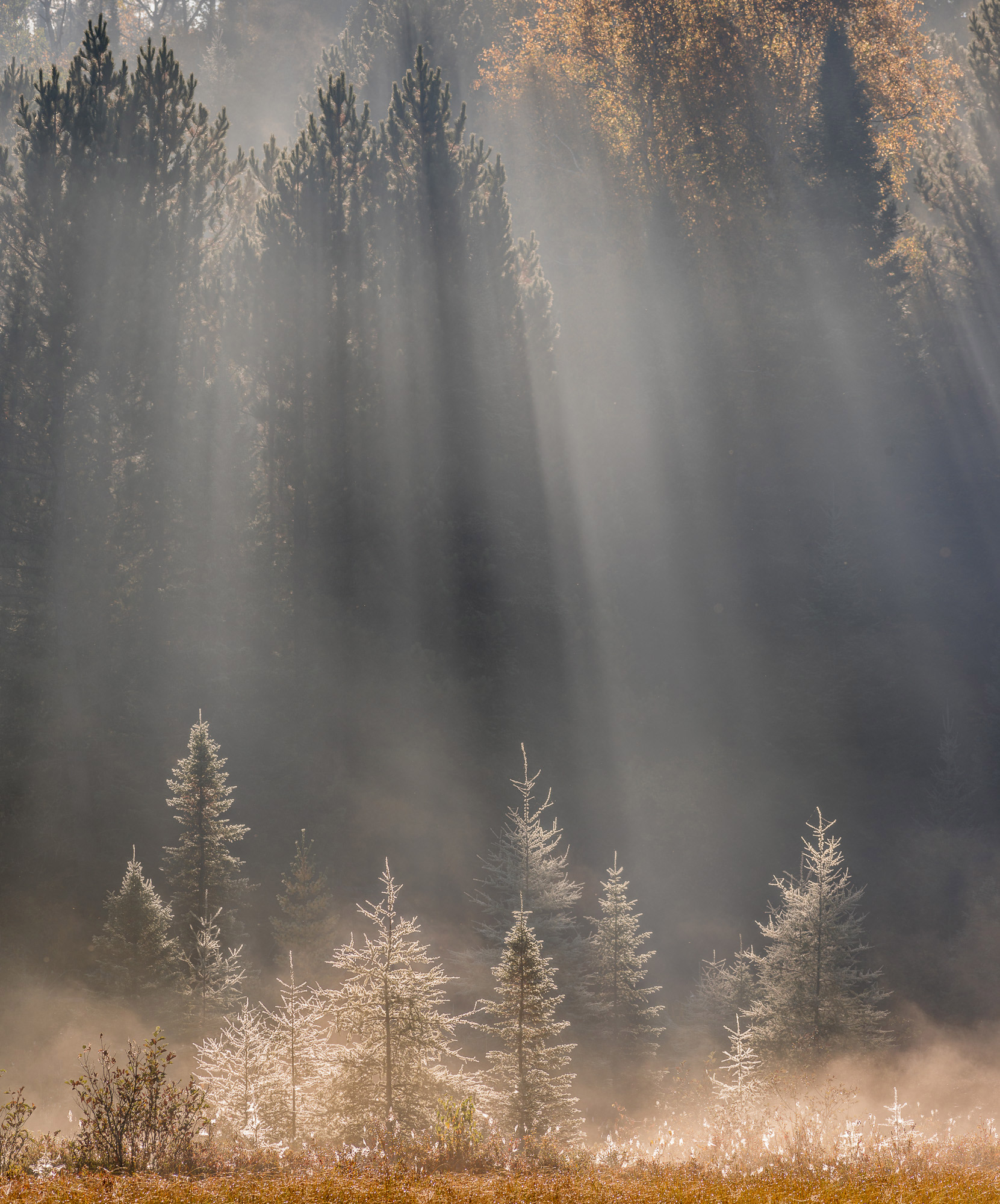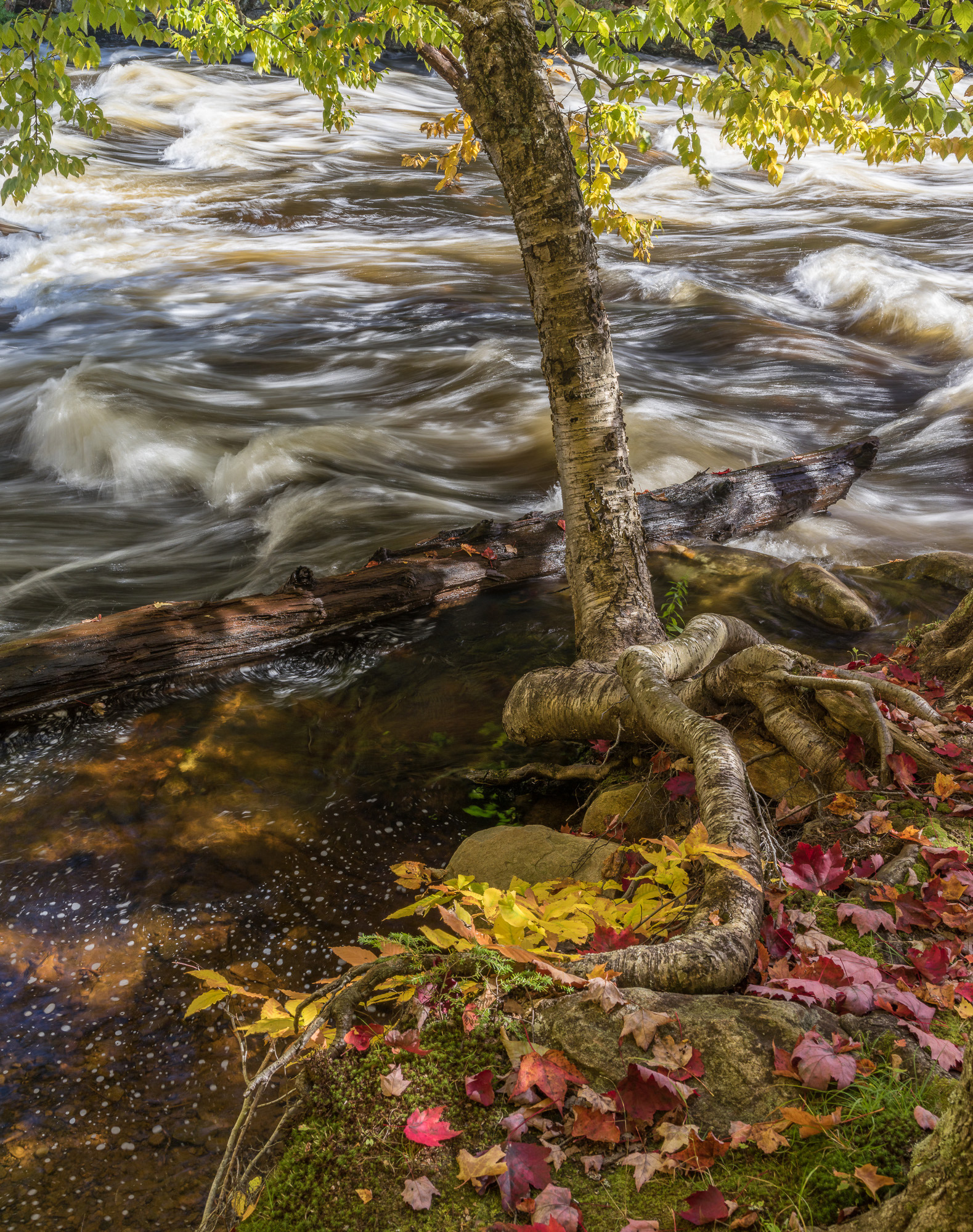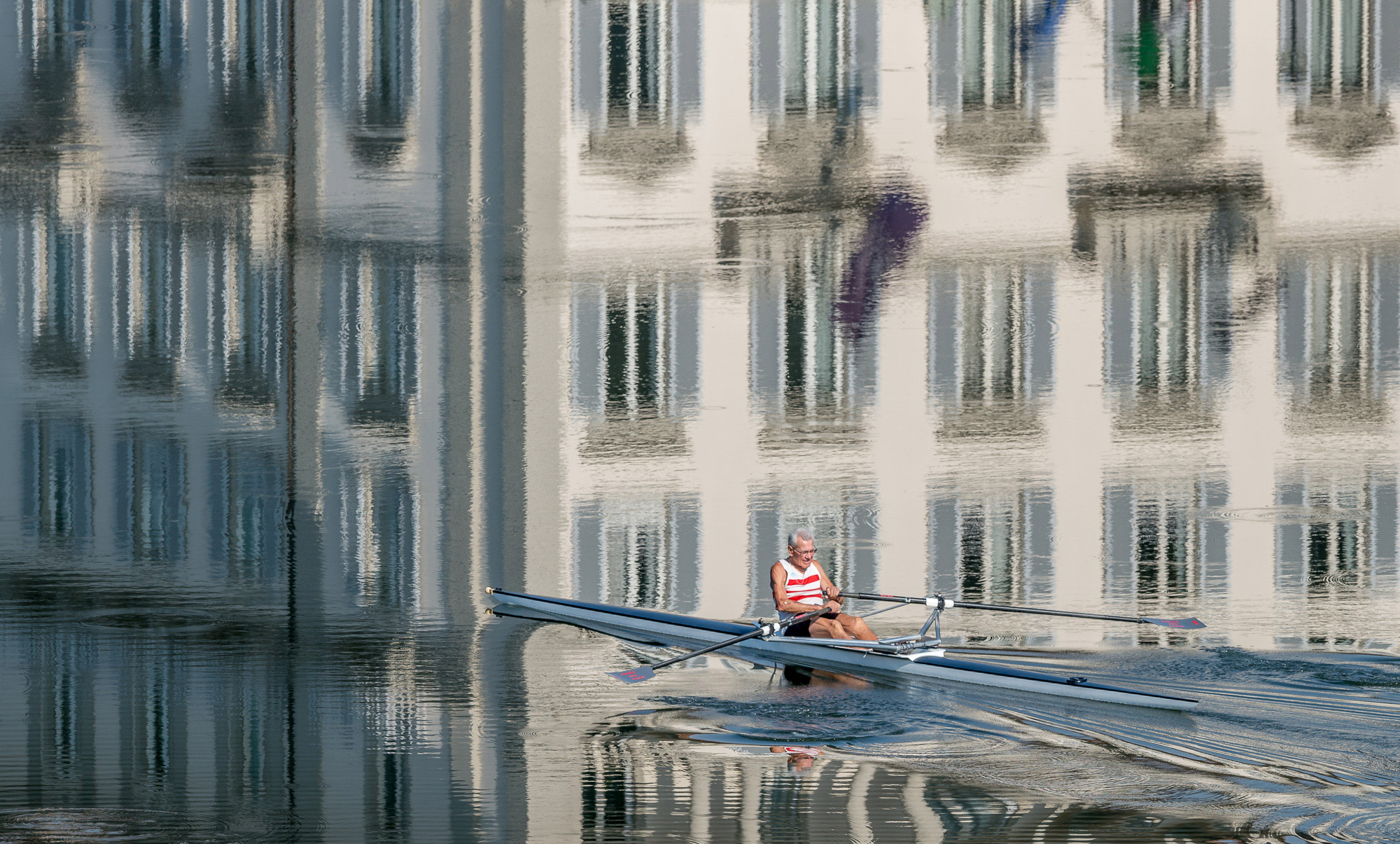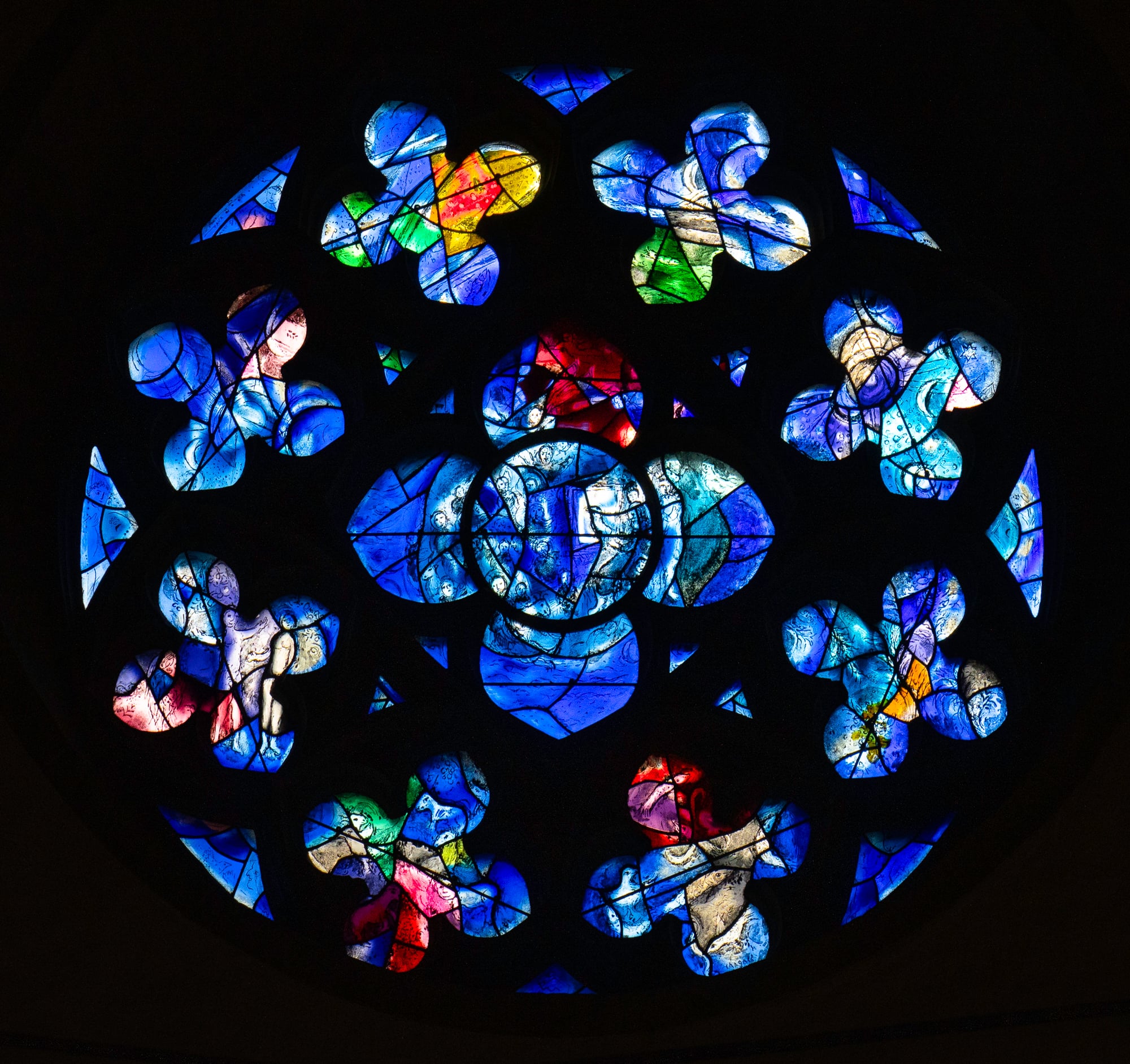Of all the tools available in digital image processing none causes more confusion than the use ofUnsharp Masking. I believe that this is in large measure because users don’t understand what each of the three tools,Radius,AmountandThresholdactually does. The mystery is now revealed.
By: Dale Cotton
Defining Sharpening
Sharpening is about restoring accutance that has been lost previously along the image capture chain of events. Accutance = how precisely the edges of things are defined. Fuzzy edges = rub eyes, do I need new glasses?
But if the edges have been blurred during digitization how can the lost detail that defined the edges be recovered? It can’t be; the first law of computing is garbage in — garbage out. So we resort to the old law thattwo wrongs make a right. We throw away even more information in the hopes that what is left gives the illusion of the original Accutance
The principle behind unsharp masking is exaggerating the contrast between the two sides of an edge. By way of example, suppose the edge is the boundary between a pink rose petal and a green leaf behind it. Looking at some portion of this boundary in Photoshop at high magnification what we see is like looking at the original scene but through the kind of screen used for windows and doors to keep out insects. Crucial transitions are missing. The eye cries out for clarity but finds only ambiguity. One wants to take a piece of masking tape, lay it down along one’s best guess where the edge should be, then colour everything on one side pink and everything on the other side green.

Yellow Dawn. Algonquin Park. May, 2003
Canon 1Ds with Canon 500mm f/4L IS @ ISO 100
USM
That’s what USM tries to do, but the crux is where to put the masking tape? From a distance the edge of a rose petal may seem to be a pretty straightforward curve, but close-up there are probably serrations, insect nibbles, and most of all shadows and reflections. When the edge involved is that between one green leaf and another, the decision of which pixel belongs to which leaf becomes even less clear-cut.
USM is an algorithm that goes through the entire picture one pixel at a time, asking this question: shall I leave the hue of this pixel unchanged or shall I change it? To make that decision it looks at that pixel’s neighbors. If the neighborhood seems to be divided into pink pixels and green pixels, the algorithm will declare an edge as being the dividing line between the pink and green regions.
Defining the Parameters
TheRadiusparameter, then, is the distance from the pixel in question that the algorithm considers to be that pixel’s neighborhood. Amount is how aggressively the hue is modified, andThresholdis how different in hue two adjoining regions must be before they are declared to be separate sides of an edge.
But once USM has decided where an edge is, how does it actually "sharpen" it? One of the strongest cues the human optic system uses to decide where one object ends and the next begins is an abrupt change from dark to light. Most objects, being three dimensional, have shadowing along at least one edge. So, like certain religious orthodoxies, USM loves to draw the line between darkness and light. AsAmountincreases dark areas get darker and light areas get lighter, eventually leading to sanctifying the good pixels (light-hued) with haloes of white, and damning the bad pixels (dark-hued) to the oblivion of pure blackness. Zoom to 500% in an image, then drag each of the USM sliders to left and right and you can see these principles in action.
Read this story and all the best stories on The Luminous Landscape
The author has made this story available to Luminous Landscape members only. Upgrade to get instant access to this story and other benefits available only to members.
Why choose us?
Luminous-Landscape is a membership site. Our website contains over 5300 articles on almost every topic, camera, lens and printer you can imagine. Our membership model is simple, just $2 a month ($24.00 USD a year). This $24 gains you access to a wealth of information including all our past and future video tutorials on such topics as Lightroom, Capture One, Printing, file management and dozens of interviews and travel videos.
- New Articles every few days
- All original content found nowhere else on the web
- No Pop Up Google Sense ads – Our advertisers are photo related
- Download/stream video to any device
- NEW videos monthly
- Top well-known photographer contributors
- Posts from industry leaders
- Speciality Photography Workshops
- Mobile device scalable
- Exclusive video interviews
- Special vendor offers for members
- Hands On Product reviews
- FREE – User Forum. One of the most read user forums on the internet
- Access to our community Buy and Sell pages; for members only.














